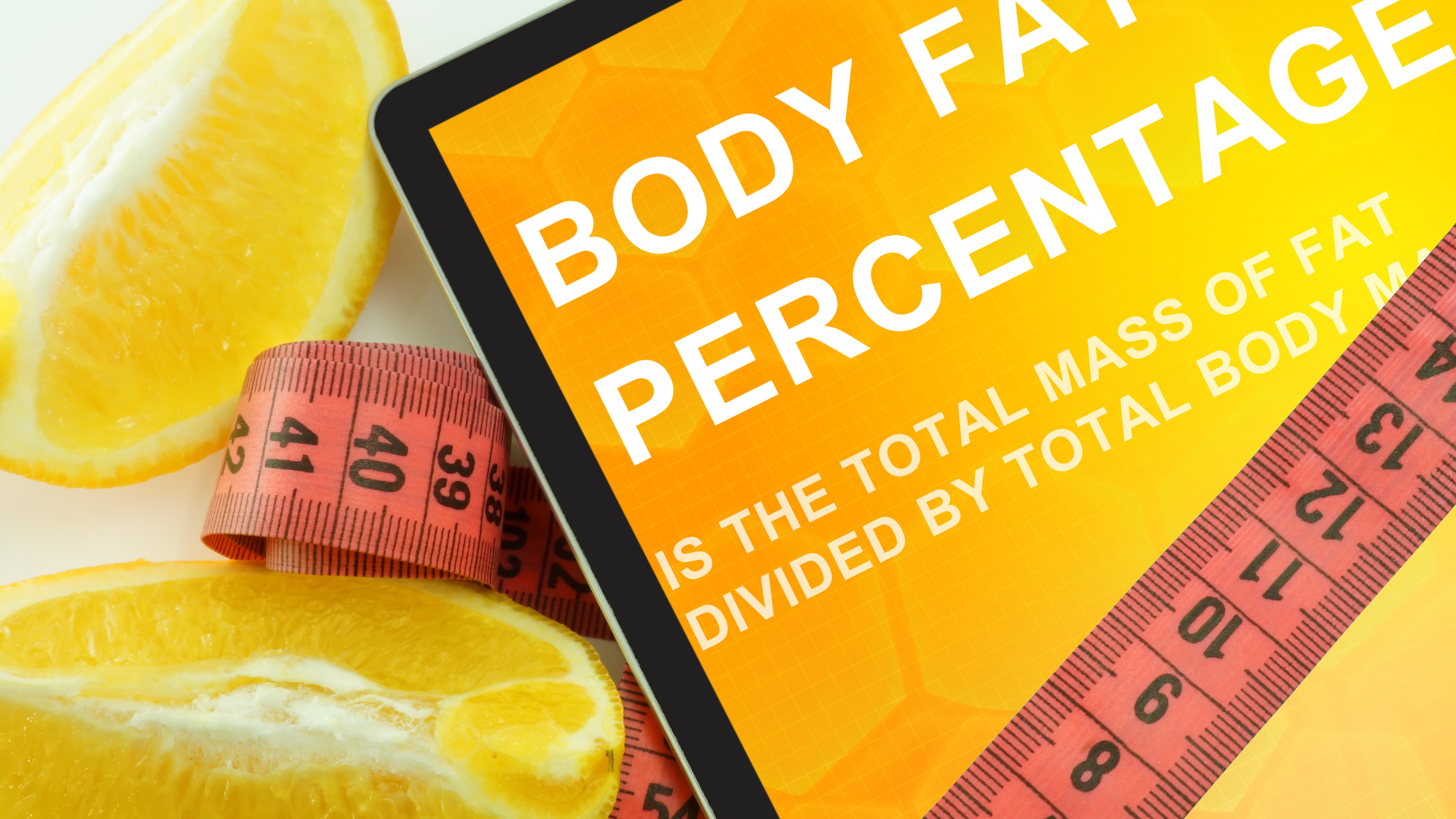
Why do we hate body fat so much? Apart from being photoshopped out of social media by unrealistic body expectations, there’s also the immediate assumption that all “fat” is just tied to negative health outcomes.
In reality, it’s important for us to recognize that body fat, in moderation, serves many essential functions in the body. Let’s go through 5 reasons why body fat is crucial for you to be healthy:

Energy Storage
Body fat serves as a source of energy for the body, especially when you’re low on stores of glycogen from eating carbohydrates. When the body is in this state of calorie deficit, it breaks down fat stores to provide the necessary energy to keep the body functioning. Without body fat, the body would not have a readily available source of energy to use during times of caloric restriction, and instead chip away at your muscle mass.

Hormone Regulation
Fat cells secrete hormones that regulate numerous bodily functions, such as insulin sensitivity, metabolism, and appetite. Hormones such as leptin and adiponectin play critical roles in the body’s energy balance by controlling hunger and energy expenditure.
Temperature Regulation
Body fat helps regulate body temperature by acting as an insulator, preventing heat loss from the body. This function is particularly important in cold environments or during periods of prolonged exposure to cold temperatures.
A Cushion for Your Vital Organs
Fat serves as a protective cushion for vital organs, such as the heart and kidneys, and acts as a shock absorber during physical activity or trauma.
Nutrient Absorption
Some vitamins, such as vitamins A, D, E, and K, are fat-soluble, meaning that they require fat for absorption and utilization in the body. Without adequate body fat, the body may not be able to effectively absorb these essential nutrients.
The 3 Functions of Fat
Fat, or adipose tissue, can be divided into three types: white adipose tissue (WAT), brown adipose tissue (BAT), and beige adipose tissue. Here’s what you need to know about each type:
White Adipose Tissue (WAT)
This is the most common type of adipose tissue in the body. It serves as an energy storage depot, insulator, and hormone-producing organ. It is also the type of adipose tissue that is associated with obesity and its related health problems.
Brown Adipose Tissue (BAT)
This specialized type of tissue is primarily responsible for generating heat. BAT contains a large number of mitochondria, which are responsible for producing heat. This heat generation, known as thermogenesis, helps to regulate body temperature and can even aid in weight loss.
Beige Adipose Tissue
A type of fat found in small pockets within WAT. It has characteristics of both brown and white adipose tissue, and can also generate heat through thermogenesis. Beige adipose tissue is thought to be more metabolically active than white adipose tissue, and may play a role in preventing obesity and related health problems.
The Body Fat Balancing Act
Now that we know how our bodies absolutely need body fat, we have to remind ourselves that too much of it can be harmful, too. Excess body fat has been linked to an increased risk of numerous chronic diseases, including cardiovascular disease, type 2 diabetes, and even some cancers.
However, it is also important to recognize that body fat levels are highly individual and influenced by genetics, lifestyle, and environmental factors. Some individuals may naturally carry higher levels of body fat without experiencing negative health consequences, while others may be at increased risk for disease even at lower levels of body fat.
In fact, there isn’t a “perfect” level for everyone. The optimal fat percentage varies based on your age, gender, BMI, and overall body composition.
Likewise, there isn’t a one-size-fits-all approach to reaching and maintaining that optimal composition. How you get there will depend on your genetics and the choices you make. Luckily for you, you can use your DNA to inform better, healthier lifestyle choices that your body will best respond to with CircleDNA’s genetic test. Eating according to your optimal nutrition response, understanding your predisposition for body fat, and optimal exercises are just the tip of the iceberg of 500+ unique DNA insights.






